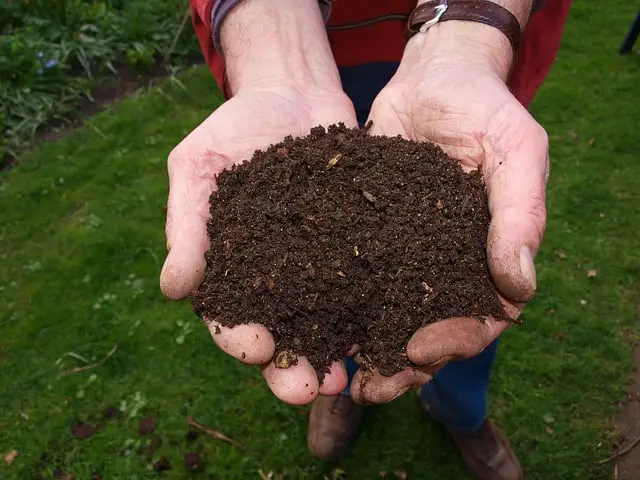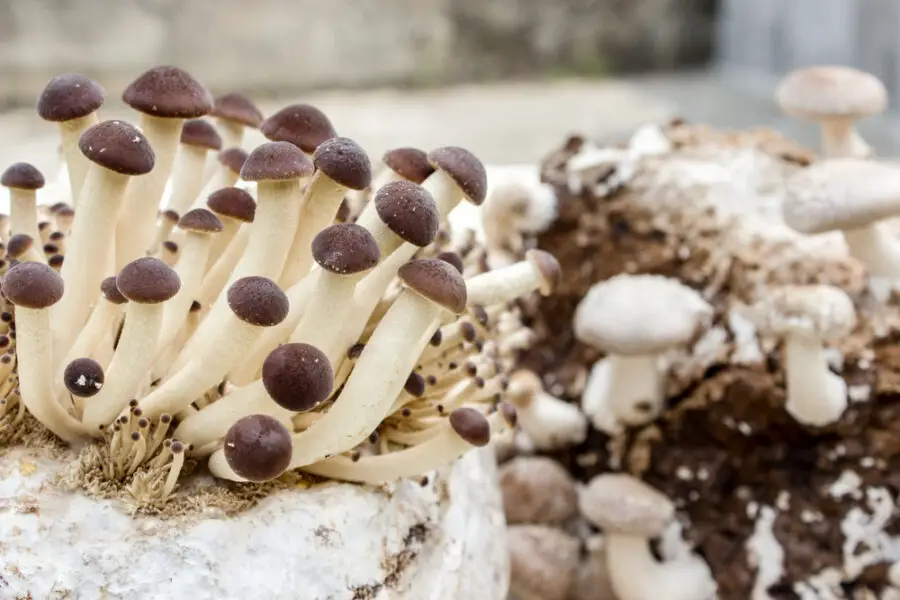Morels are a rare and delicious mushroom that grows in a few specific places. Pastures are one such area. As long as there’s a dead or decaying tree they like, morels will grow in a pasture. Of course, a tree isn’t always required but it is the surest location.
Where are other places that morels grow?
Morels grow in grasses, meadows, orchards, pastures and at a wood’s edge after forest fires. They love the environment offered by disturbed ground near particular trees.
Ideal Locations
Morels can also grow between tree roots, on the shadow side of fallen trees or where there’s a thick bed of red needles from coniferous tress. They also appear where sap trees deposit carbohydrates and energy from their roots.
Forest Fires
In regards to forest fires, they appear in great numbers after the previous year’s fire, on the outer edges of the perimeter. You will not find them in the areas that burned to ashes where the core of the fire was.
What trees do morels grow under?
There are many trees morels like. The ideal place is around ones that are dying or already dead. The mushrooms metabolize the decaying matter while the roots provide the ideal soil conditions. The most common trees are:
- Apple
- Ash
- Aspen
- Cedar
- Elm
- Maple
- Oak
- Pine
- Poplar
- Spruce
Where do morels grow best?
Morels almost always grow best in a forest, nature park or thick woods that contain any of the trees listed above which are starting to die or are already dead. They also enjoy disturbed ground, it’s why you can find them on the outer edges of a past forest fire or near construction sites.
Streams & Creeks
Small streams or creeks can be helpful in leading you to a patch of morels. Although they don’t like sopping wet soil, the nearby moisture can create the perfect conditions for these elusive mushrooms to grow.
Hills
Also, the south-facing sides of hills seem to be an excellent location. They get enough warmth into the soil from sunlight, but nothing direct. If there’s enough decaying wood matter and other leaf litter, they’ll grow without a tree.
Can you plant and grow morels?
It is possible to raise your own morels in a farm or garden. However, it’s first important to understand that it will be incredibly difficult. They have delicate growing conditions and soil requirements. This becomes even more challenging because of their short growing season. Therefore, you must have saint-like patience and you can’t give up.
Growing Morels
If you can replicate the ideal conditions, soil and environment, you can attempt to grow them. You just want to make sure that you’re being realistic with yourself about the likelihood it won’t work out. Also, take note that they have an irregular and unpredictable growing habit. So, if you aren’t successful one season, keep trying.
Gardening Kits
There are some gardening kits that provide detailed instructions and give you all the items you need to get started. However, most gardeners who’ve tried their hand with them have not had a lot of success. For the people who were able to grow them at home, they came up with their own formula that seems to work much better.
Soil is Key
The key for successful morel growth is the soil. There has to be enough decaying wood matter or use an actual dying tree. Then, moisture and shade have to be just right along with a spore source for the morels to reproduce.
Spore Slurry Mixture
So, the first thing you have to do is create a spore mixture that you’ll blend in with the soil. Use the following recipe:
- ¼ tsp Salt
- 1 gallon Distilled Water
- 1 Tbsp Molasses
Bring the ingredients above to a boil and allow it to cool to room temperature. Then add some shredded morels and allow this to sit for two days. Strain through cheesecloth but save the liquid. Then you want to prepare the soil for planting, be sure to include plenty of decaying wood.
Gingerly sprinkle the spore liquid over the area you’ve prepared. Cover it with ¼ inch of compost and monitor it each day to see if any mushrooms appear. If you only get a few or don’t see any at all, don’t get discouraged. In many cases it can take several years to establish a colony.
Best Conditions for Growing
Of course, like any good gardener, you want to ensure you provide all the conditions to help them establish and grow.
- Soil: They should have loamy, well-draining soil with the kind of nutrients released by decaying trees and leaf litter. Wood chips, compost, manure, peat moss, leaf mold, wood ashes and sand are ideal additives. Never let the soil go bone dry and maintain a pH balance of 6.8 to 7.0.
- Light: The love lots of shade with filtered light coming from the canopy of trees above them. Because they don’t produce chlorophyll like other plants, they rely on the sun to warm the soil. They should not have any direct sunlight in any capacity.
- Water: Moisture is important to the success of growing morel mushrooms. But, the soil can’t be sopping wet. It should have a similar texture as a wrung sponge. It’s better to use rainwater than tap water too. This is because tap water has too many chemicals and treatments; it will prevent proper growth.
- Fertilizer: Do not use a commercial fertilizer on your mushroom colony. Their soil conditions should provide all the nutrients they need. If you feel like you have to enrich the soil for them, add more of the things morels like such as decaying matter, compost and leaf litter.
- Humidity & Temperature: Morels grow best in moist, cool conditions that maintain with a daytime temperature between 60°F and 70°F. At nighttime, the temperatures should range between 40°F and 50°F. This is why early spring is best for trying to forage for them in the woods.


